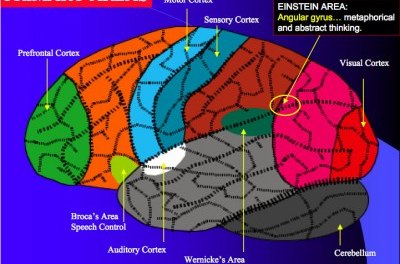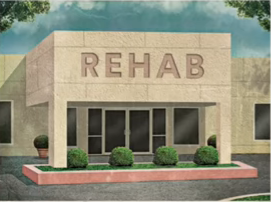Suppose you’re one of the millions of Americans who’s been maintained on opioid painkillers, often for years at a stretch, in order to deal with chronic pain. Now, for whatever reason, you and your physician are seriously considering a substantial reduction in dose– perhaps coming off opioids altogether. What options do you have?
Increasingly, patients are opting for a gradual taper. The January 2020 issue of Scientific American offers a helpful look at the state of the tapering art. I’ll link to it at the end of this post, but it’ll be available without charge through your local library.
A taper is just a gradual reduction using a fixed schedule. Monitoring and supervision are by a qualified medical professional. The idea behind tapering is 1) To allow the body to adjust to the changes, thereby minimizing discomfort, and 2) To reduce the risk of relapse due to the influence of drug craving.
Medical supervision is key to ensuring the patient remains safe, and also to address any problems or issues that might unexpectedly emerge. A successful taper should also include access to supportive non-medication treatments. These can range from massage and relaxation training to counseling and peer group support to alternative pain management with an eye towards the future. These should not be viewed as “extras.” They’re essential to a good outcome.
A side note about opioids and chronic pain: They may well not be as effective as once believed. The article notes that the research on opioid effectiveness was usually limited to the initial weeks of use. Later studies suggest that patient satisfaction with long-term dependence is far less impressive than thought.
Example: of more than 9000 Veterans Administration patients, only about one-quarter rated their pain control as excellent or very good. Ordinarily we might expect better from a medication regimen. Another surprise: some 81% described their pain as experienced throughout the body, rather than localized to a particular area. That indicates the influence of psychological factors, perhaps depression or anxiety– the sort of mood problems well-known to accompany chronic pain.
That’s motivated researchers to investigate a host of new and different alternatives to long-term opioid treatment.
Anyway, I highly recommend the Scientific American piece. Its overall tone, by the way, is quite hopeful. As I said, you can find it through your library, or from Sci-Am’s paywall site: https://www.scientificamerican.com/article/how-to-break-the-bonds-of-opioids/
When it comes to pain management in an opioid epidemic, we can all use something to feel good about.













